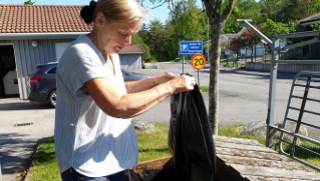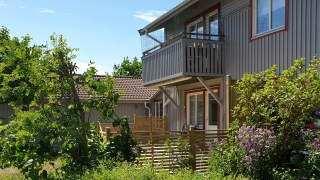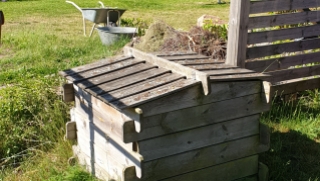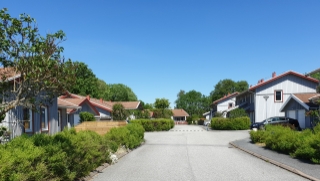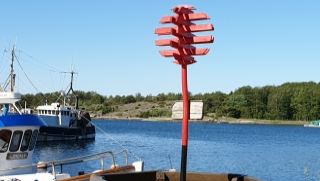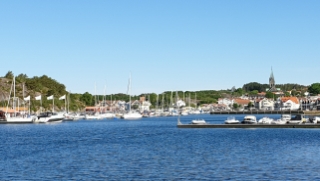Composting source separated food waste for small municipalities, restaurants and housing areas
Small scale composting solutions makes it possible to compost it nearby without transporting the food waste long distances to large composting plants. Our Big Hanna composters are used in many countries and in different setups. The flexibility of Big Hanna composter’s makes it possible for a small municipality to meet the new EU legislation coming in to force, 31th of December 2023, that says that the food waste needs to be separated at source.
We believe in giving back the power to choose the best system to where the system is going to be implemented. We believe that decentralized solutions are the best way to make our world sustainable. Our flexible small scale systems allow you to control the input and by that the quality of the compost.
For more information see www.bighanna.com
